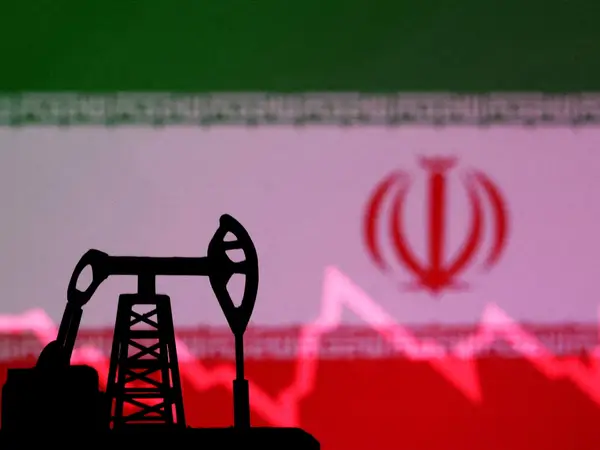Iran's Oil Minister Javad Owji has refuted claims by some presidential candidates that the government is offering high discounts to foreign oil customers amid US sanctions.
Owji said on Sunday that the administration of late president Ebrahim Raisi did not offer "high discounts" to its buyers, tacitly referring to Chinese refineries that are the main importers of Iran’s crude.
He said that over the past three years, significantly fewer discounts have been given compared to the previous government.
Tehran keeps its export and revenue details as state secret but Owji’s remarks come despite reports that Tehran provides huge discounts to China, charging as little as $37 per barrel while oil has been trading at around 75-85 dollars in the past year. According to a report by Reuters Iran offers at least $13/barrel discount to Chinese refineries.
In May 2023, an analyst quoted an unnamed EU energy security source as saying that China, which already had secured a 30-percent discount from Iran before the Russian invasion of Ukraine, demanded and received higher price cuts. Beijing already buys Russian oil at a large discount.
“But it is even worse for Iran, as – from 11 November 2022 - China has been paying Iran in non-convertible Yuan, that is Yuan that can only be used inside China and/or spent buying Chinese goods,” the EU source added. “Worse still is that whilst Yuan is the key instrument in payment, China is also using the currencies of Angola, Zambia and Kenya to pay Iran, and China is doing this as a means to induce Iran to buys goods from these countries so that these countries, in turn, can service their loans to China,” he argued.
Last June, The Wall Street Journal reported that Iran was exporting the highest amount of crude oil in five years, although it offers discounts of up to $30 per barrel. The report confirmed estimates that Iran shipped 1.6 million barrels per day in May and June, up from 250,000 barrels in 2019 and 2020, just after the United States imposed full sanctions.
Data from oil tanker tracking companies like Vortexa and TankerTrackers shows that Iran exported roughly 1.3 million barrels per day (bpd) of crude oil and condensate in 2023, along with over 220,000 bpd of fuel oil (mazut).
OPEC estimated the price of Iranian oil exports in 2023, excluding discounts and sanctions-busting costs, to be above $83 per barrel. Based on this, Iran's revenue from crude oil, condensate, and fuel oil exports should have been at least $46 billion. However, Iranian customs data reveals the actual figure was only $36 billion.
This $10 billion discrepancy suggests that around 22% of Iran's oil revenue was lost due to high discounts and sanctions-related costs.
Another way to look at the issue is that Iran needs around $50 billion from oil exports to balance its budget, but at least half of that amount is not realized. This means it receives around $25 billion in hard currency.
Another reason for Iran’s oil revenues being probably around $25 billion is the costs involved in illicit shipments to evade sanctions, and losing money in trying to repatriate the funds in hard currencies. Iran’s banking system is under US sanction and any oil revenues are laundered through intermediaries.
This issue resonated during the recent Iranian presidential election. Candidates Masoud Pezeshkan and Mohammad Bagher Ghalibaf both directly and indirectly criticized the impact of sanctions, high discounts, and wasted revenue from oil exports.
Despite the evidence, the oil minister continues to insist on his claim of not offering high discounts. He stated that Iran currently has 15 oil buyers, but only named China and Syria, leaving the identities of the remaining "customers" undisclosed.
Adding to the confusion, Oji claimed Iran's daily crude oil production has reached 3.6 million bpd. This contradicts figures from OPEC and the International Energy Agency, which estimate the actual production to be below 3.3 million bpd.
